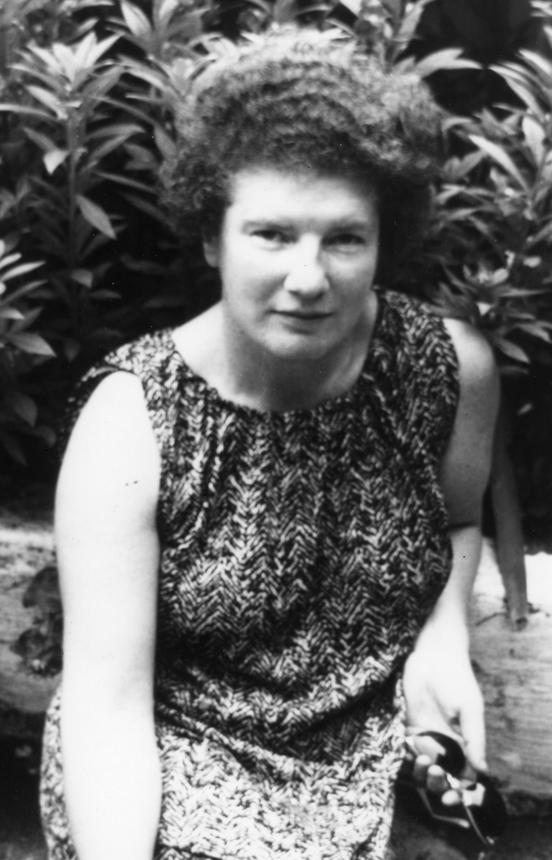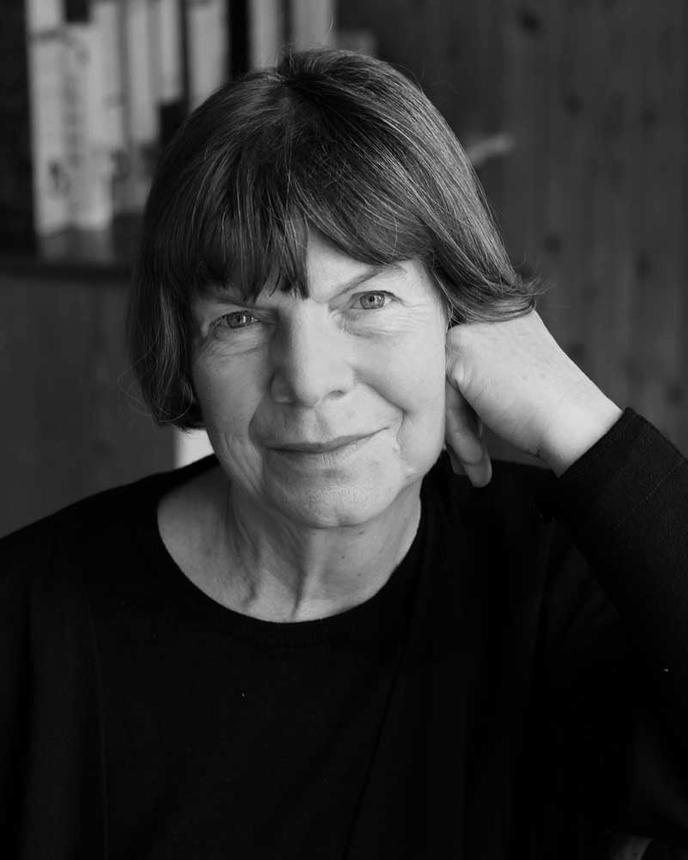Owls Do Cry: Text Classics
Text Classics
Janet Frame
Introduction by Margaret Drabble
So the day promised fair, and the sea lay like a quilt with the waves tucked under, and the trees wavering like leafless water, cut to fit from a transparent block of blue air and frost.
Owls Do Cry tells the story of the Withers family: Francie, who is twelve and about to start work at the woollen mills, hard drudgery sweetened with the thrill of riding a bike to work; Toby, who would rather play at the dump than go to school, where the dark velvet cloak of epilepsy often wraps itself around him; Chicks, the youngest; and Daphne, whose rich poetic way of seeing the world leads to a heartbreaking life in institutions.
Janet Frame writes of hardship, poverty and tragedy with beauty and a deep sensitivity. Owls Do Cry is a poetic masterpiece.
andOwls Do Cry
‘Owls Do Cry glows with the inner light of (Frame’s) human awareness—a cool flame that neither cauterises nor heals but in some mystic ways purifies, substituting an essential beauty for superficial pain and squalor.’
‘When I first read it at 14, the same age as Daphne is in the novel…her dark eloquent song captured my heart.’
‘Owls Do Cry is a devastating reflection on the character of conventional society and the dangers that await those who reject its narrowness…It is also a vivid social document, capturing the language and texture of the postwar period. It is a heartbreaking evocation of childhood and a child’s vision of the world; and not least, it is a work of considerable lyrical beauty.’
‘The first great New Zealand novel and a modernist masterpiece…Owls Do Cry remains innovative and relevant. Frame’s idiosyncratic and startlingly visual style means that the book’s immense power to unnerve, astonish and impress endures.’







